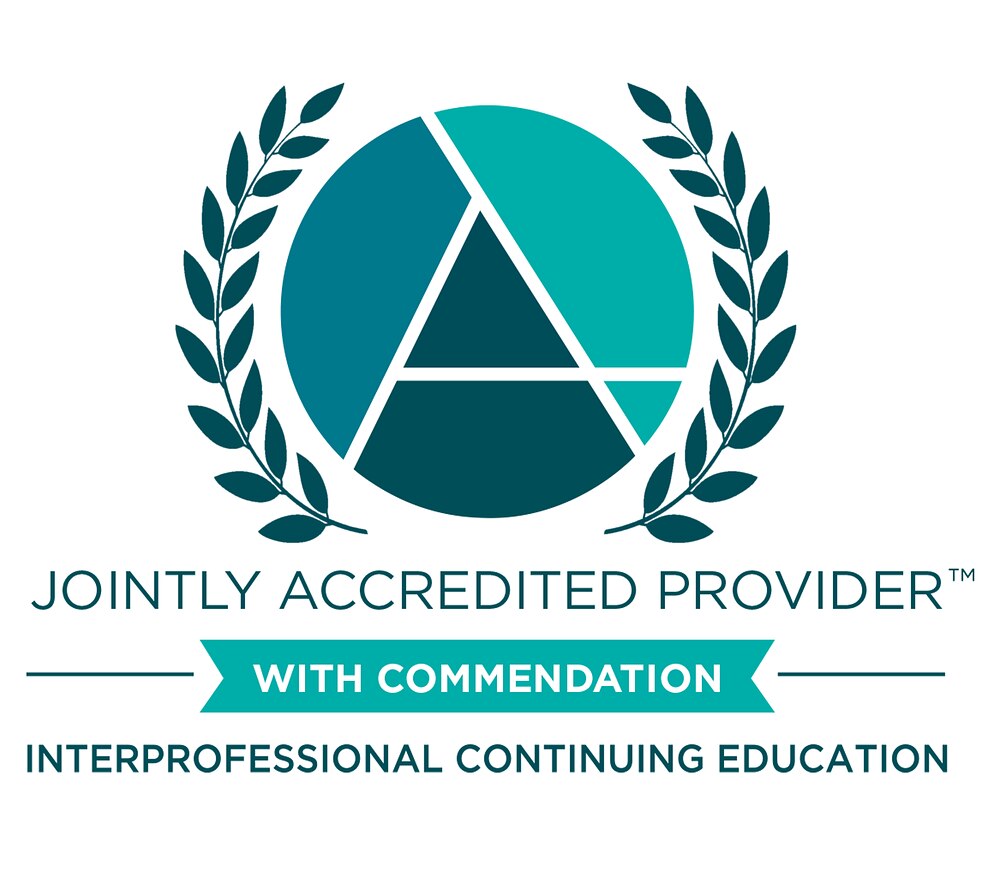Background: Fall prevention is a multi-factorial challenge requiring a unified, interprofessional approach to develop and implement effective, individualized strategies. Pre-service students need training in collaborative assessment and intervention to work together in addressing the complexity of mitigating falls for community-dwelling older adults. This project aimed to guide students to create a fall prevention plan that reflected interprofessional collaboration for community-dwelling clients and their families.
Design: Two-day interprofessional education boot camp, with 205 students from physical therapy, occupational therapy, speech-language pathology, and nursing. We focused on Interprofessional Education Collaborative (IPEC) competencies by incorporating the knowledge and skills of each team member (RR1) into reasoning and problem-solving (TT3), fostering a common understanding of the team's goal (C4) of providing a client-centered fall prevention plan while upholding client autonomy and confidentiality (VE3). Students collaboratively conducted comprehensive fall assessments from the Centers for Disease Control and Prevention’s (CDC) STEADI curriculum, crafted personalized interventions, and provided education to 24 community-dwelling individuals and their care partners. Debriefing followed the Gather-Analyze-Summarize (GAS) framework to promote student reflection and identify key learnings. SLOs were measured through the Perception of Interprofessional Collaboration Model Questionnaire (PINCOM-Q) and the Creighton Interprofessional Collaborative Evaluation (C-ICE).
Results: Thematic analysis from student debriefing reflections included personal growth in Holistic and Integrated Assessment, Cultural and Communication Sensitivity, Patient-Centered Care and Collaboration, and Developing a Growth Mindset. Comments emphasized the need for clear communication, teamwork, and patient-centered care. Suggestions included using simple language, involving patients in the planning process, and enhancing the teach-back approach. Students should receive early team training and role clarity. Better preparation, access to resources, and repeated practice were recommended to build confidence, support collaboration, and enhance patient interactions in clinical learning environments. PINCOM-Q and C-ICE results will be presented.
Conclusion: An interprofessional boot camp trained students to collaboratively assess fall risks and develop prevention plans, fostering growth in communication, patient-centered care, and teamwork, while highlighting the need for clearer roles and preparation.
Reflections: Community participants found the personalized fall prevention plans and resources valuable and suggested that future events be held in more accessible community locations rather than on campus. Feedback from students, facilitators, and participants will guide the refinement of subsequent boot camp iterations.
How poster fulfills priority: This project prepares students for interprofessional collaborative practice at a mid-point (level 2 learners) in their academic journey, from which they continue to work on more complex team-building.
In support of improving patient care, this activity is planned and implemented by The National Center for Interprofessional Practice and Education Office of Interprofessional Continuing Professional Development (National Center OICPD). The National Center OICPD is accredited by the Accreditation Council for Continuing Medical Education (ACCME), the Accreditation Council for Pharmacy Education (ACPE), and the American Nurses Credentialing Center (ANCC) to provide continuing education for the healthcare team.
As a Jointly Accredited Provider, the National Center is approved to offer social work continuing education by the Association of Social Work Boards (ASWB) Approved Continuing Education (ACE) program. Organizations, not individual courses, are approved under this program. State and provincial regulatory boards have the final authority to determine whether an individual course may be accepted for continuing education credit. The National Center maintains responsibility for this course. Social workers completing this course receive continuing education credits.
The National Center OICPD (JA#: 4008105) is approved by the Board of Certification, Inc. to provide continuing education to Athletic Trainers (ATs).
This activity was planned by and for the healthcare team, and learners will receive Interprofessional Continuing Education (IPCE) credit for learning and change.


Physicians: The National Center for Interprofessional Practice and Education designates this live activity for AMA PRA Category 1 Credits™. Physicians should only claim credit commensurate with their participation.
Physician Assistants: The American Academy of Physician Assistants (AAPA) accepts credit from organizations accredited by the ACCME.
Nurses: Participants will be awarded contact hours of credit for attendance at this workshop.
Nurse Practitioners: The American Academy of Nurse Practitioners Certification Program (AANPCP) accepts credit from organizations accredited by the ACCME and ANCC.
Pharmacists and Pharmacy Technicians: This activity is approved for contact hours.
Athletic Trainers: This program is eligible for Category A hours/CEUs. ATs should claim only those hours actually spent in the educational program.
Social Workers: As a Jointly Accredited Organization, the National Center is approved to offer social work continuing education by the Association of Social Work Boards (ASWB) Approved Continuing Education (ACE) program. Organizations, not individual courses, are approved under this program. State and provincial regulatory boards have the final authority to determine whether an individual course may be accepted for continuing education credit. The National Center maintains responsibility for this course. Social workers completing this course receive continuing education credits.
IPCE: This activity was planned by and for the healthcare team, and learners will receive Interprofessional Continuing Education (IPCE) credits for learning and change.
Learners can claim CE credit by completing the Daily Evaluation.




